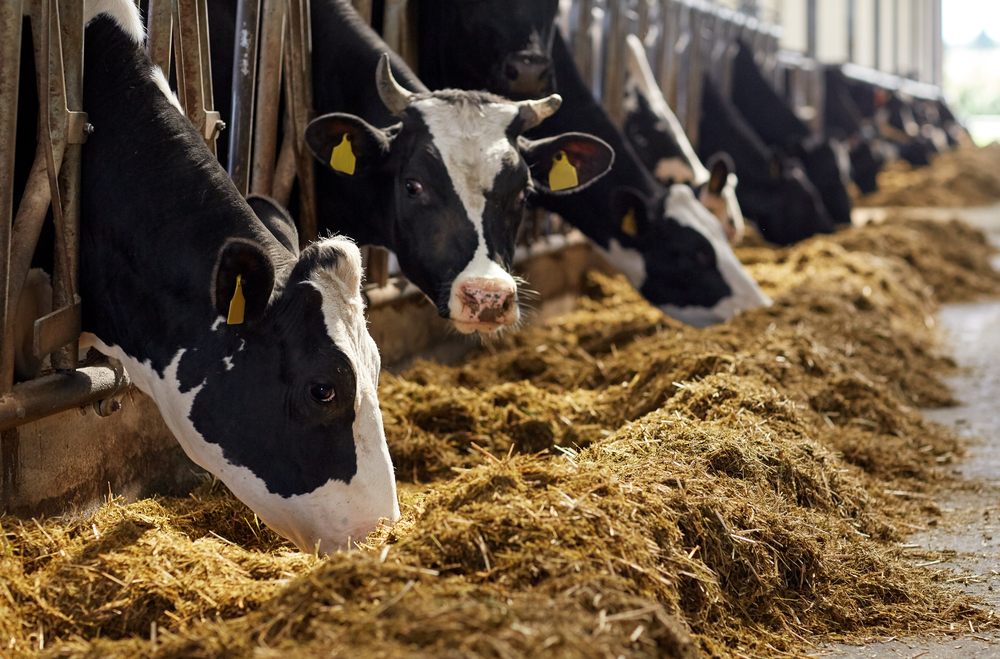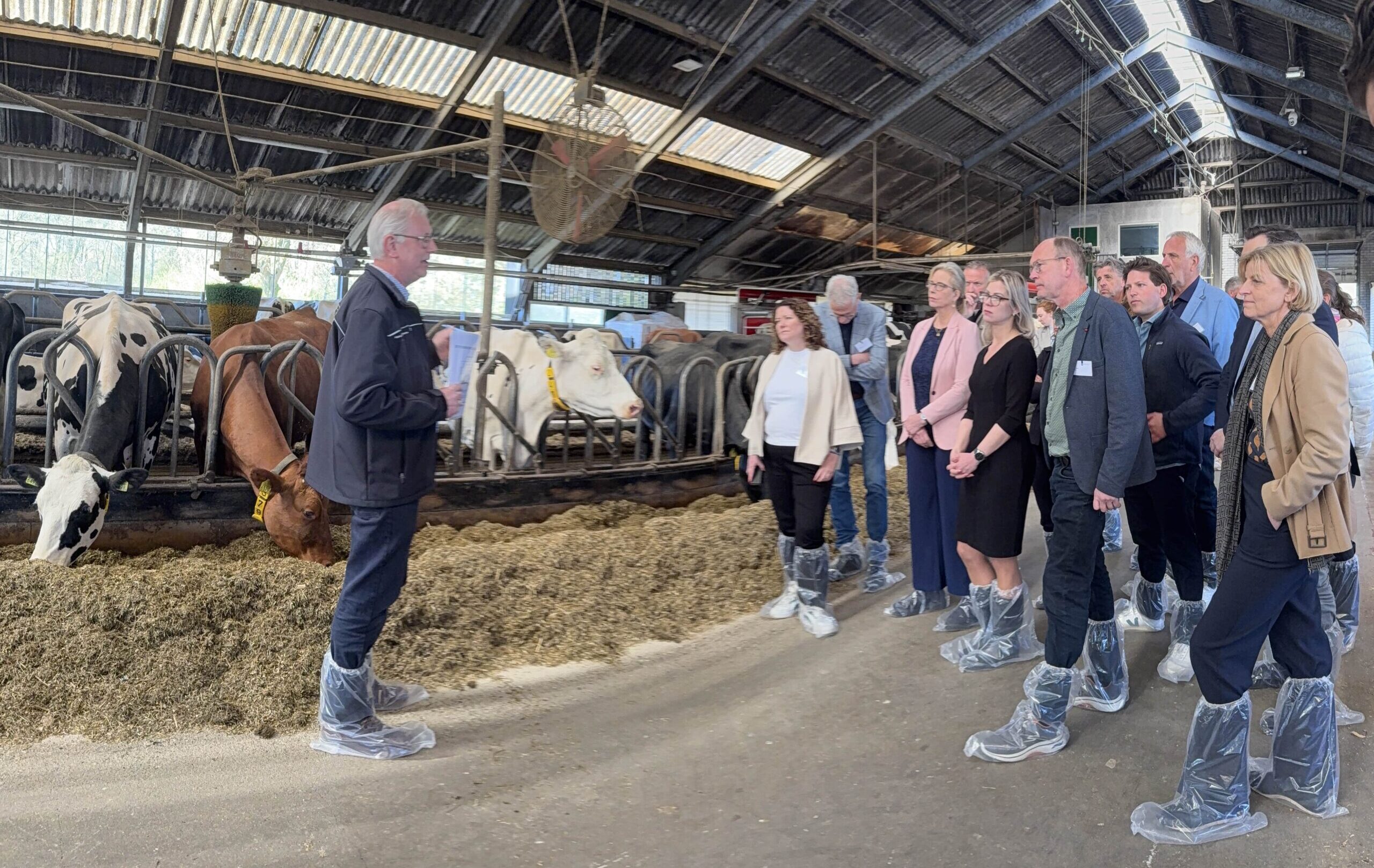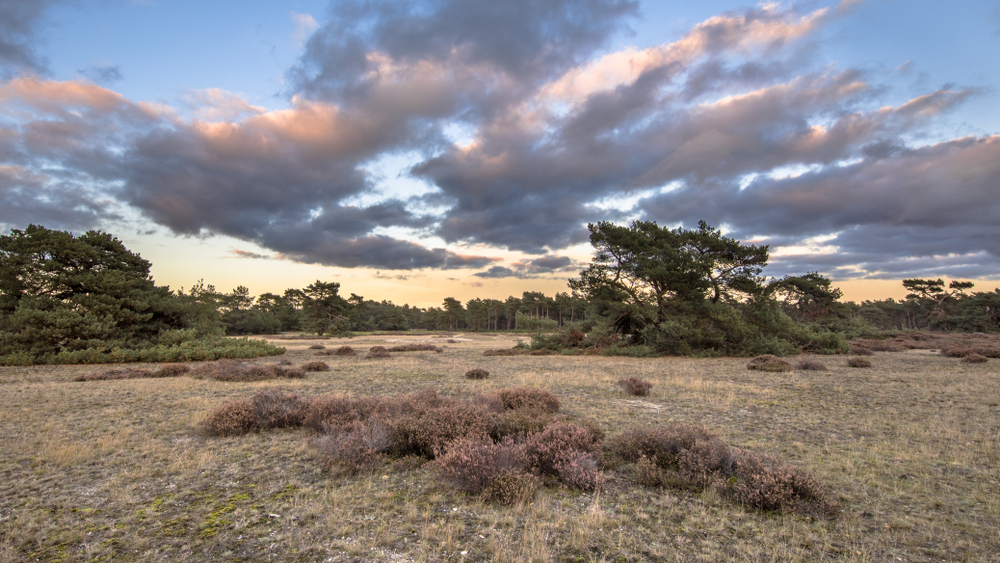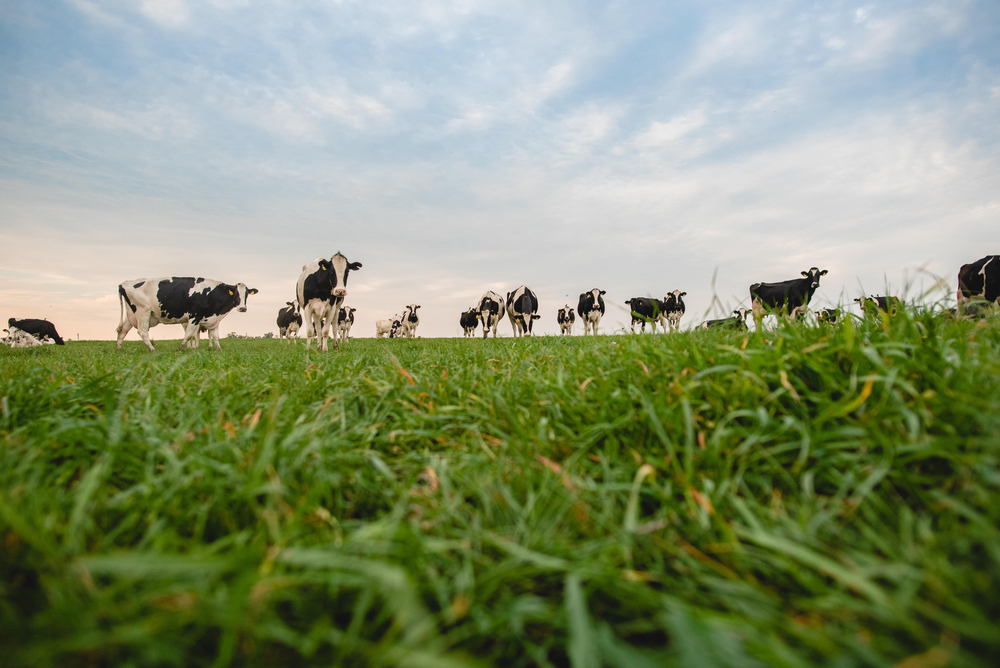Ammonia emissions from large organic dairy farms are 22 per cent lower than those from large conventional dairy farms, shows a quick scan by Wageningen Livestock Research carried out for Biohuis.
WUR bases the claim on data from dairy farms in the Bedrijveninformatienet (BIN), which keeps track of the emission figures of 34 organic dairy farmers. Their lower score comes from a combination of measures the farms have adopted: no artificial fertilizer, more outdoor grazing, less animal slurry, and less protein-rich feed. Together, these measures halve ammonia emissions from fertilization and grazing.
Switching
Researcher Gerard Migchels thinks switching to organic dairy farming could be one of the ways to meet Natura2000’s nitrogen criteria for farms near nature areas. He sees good prospects for conventional dairy farms near Natura2000 areas that switch to extensive and organic farming, because although their productivity may drop, they will get a higher price for their milk. Migchels does mention one proviso, though: this switch is only possible if demand for organic products rises.
Pigs
For intensive livestock farming, however, switching to organic methods does not lead to a reduction in ammonia emissions. In fact, ammonia emissions per animal are slightly higher on organic pig and poultry farms than on conventional farms, according to the WUR quick scan. This is mainly because there are fewer pigs in an organic pig shed than in a conventional one. That improves animal welfare but also the environmental costs per kilo of meat.

 Photo: Shutterstock
Photo: Shutterstock 

